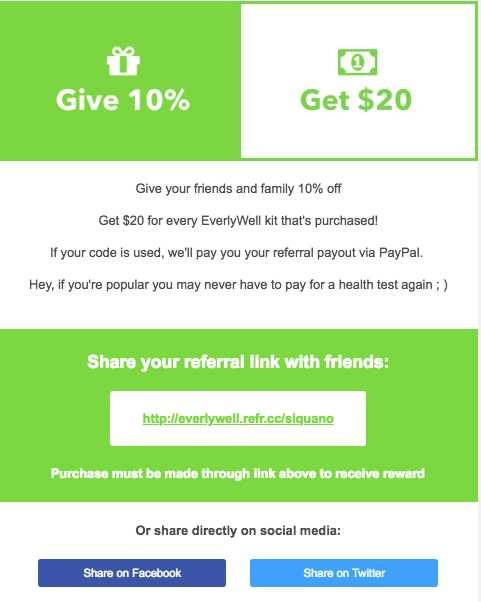Messaging That Stands Out
Email is one highest converting marketing channels available, and it absolutely pays off to make sure your email messaging is optimized to the highest level.
Here are 9 proven email marketing tactics to implement in your own campaigns and increase conversions.
1. Carefully Craft Your Headline/Subject Line
No matter how good your actual message content may be, it won’t matter at all if you don’t have a catchy subject line that entices the reader’s interest with emotionally gripping words and phrases.
While your subject line should be an extension of your email body, it still shouldn’t give too much away. Pique their curiosity and give them a good reason to click through.
A truly catchy subject line reads like it was written by a human being, without overly pitchy slogans and catchphrases. However, it still gets right to the point, with a greater focus on technique over the content itself.
Don’t be reluctant to split test various subject lines to sectors of your base either. The more you test, the more informed you’ll be for the next campaign.
2. Go Beyond Open Rates
Simply attaining a high open rate does not signify a successful email campaign. While it’s obviously an important metric to keep track of, it can still be misleading if you don’t incorporate larger, more significant goals like clicks and conversions into your performance analysis.
3. Encourage Readers Forward Your Messages
Inciting readers to share your emails through referrals is a very useful tactic to exponentially build your base. For instance, offer a discount or the chance to win a prize for each referral.

4. Unsubscribe Non-Engagers
While you should always give readers the option to unsubscribe, that sometimes that isn’t enough. If they aren’t engaging with your brand at all, they likely won’t even take the time to unsubscribe in the first place.
In that case, make the call for them. Because it’s like carrying dead weight.
In fact, getting rid of inactives actually strengthens the overall value of your customer list by lowering the rate at which you wind up in spam folders.
5. Automate Personalized Messages
Even if your messages are automated, the indication that your emails are from an actual person goes a long way. While this is certainly true when welcoming new customers, it works in many other instances as well.
Be as specific as possible. Personalized messages should also include the recipient’s first name, which must obviously be accurate.
6. Incorporate Social Proof/Testimonials
In marketing, social proof – also known as “informational social influence” – means that people are more likely to engage with your brand if they see that others are as well.
There are many ways to incorporate social proof into your email campaigns, including encouraging customers to write reviews, including testimonials in your messaging, telling stories that your readers can relate to, and having an active, vibrant social media presence online where your customers can interact with each other and share experiences.
7. Have a Strong Call to Action / Use Buttons
Strong, clear, one-click buttons at the bottom of your messages are the doorway through which readers can enter and become customers. Design and color your buttons in a way that they stand out and prepare the recipient to move further along your marketing funnel.
Here is a good example: 
8. Don’t Overlook Your Preheader
The preheader is the crucial space next to the subject line in your browser that offers context to your message. While this plays a huge role in your recipients’ decision to open your email, too many businesses do not utilize them properly.
Here is an example of a preheader from Target:
![]()
Notice how the preheader adds the element of free shipping on top of the discounts.
Keep a close eye on your preheaders and make sure they complement your subject lines. They have much more value than you’d think, and can easily make the difference between recipients opening and simply scrolling past your messages and actually opening them.
9. Allow Direct Replies (And Respond to Them)
Instead of sending generic emails with a “Do Not Reply” tag at the end, tailor each message as if you are having a conversation. Make it as easy as possible for your recipients to get back to you if they have any questions or concerns. If you have the ability, you can readily redirect any responses to your customer support team.
Think of how many people could be just one simple answer away from buying from you. Don’t make it any more difficult than necessary to get their feedback.





